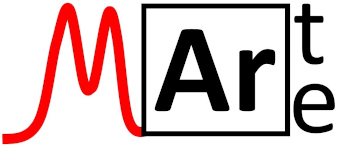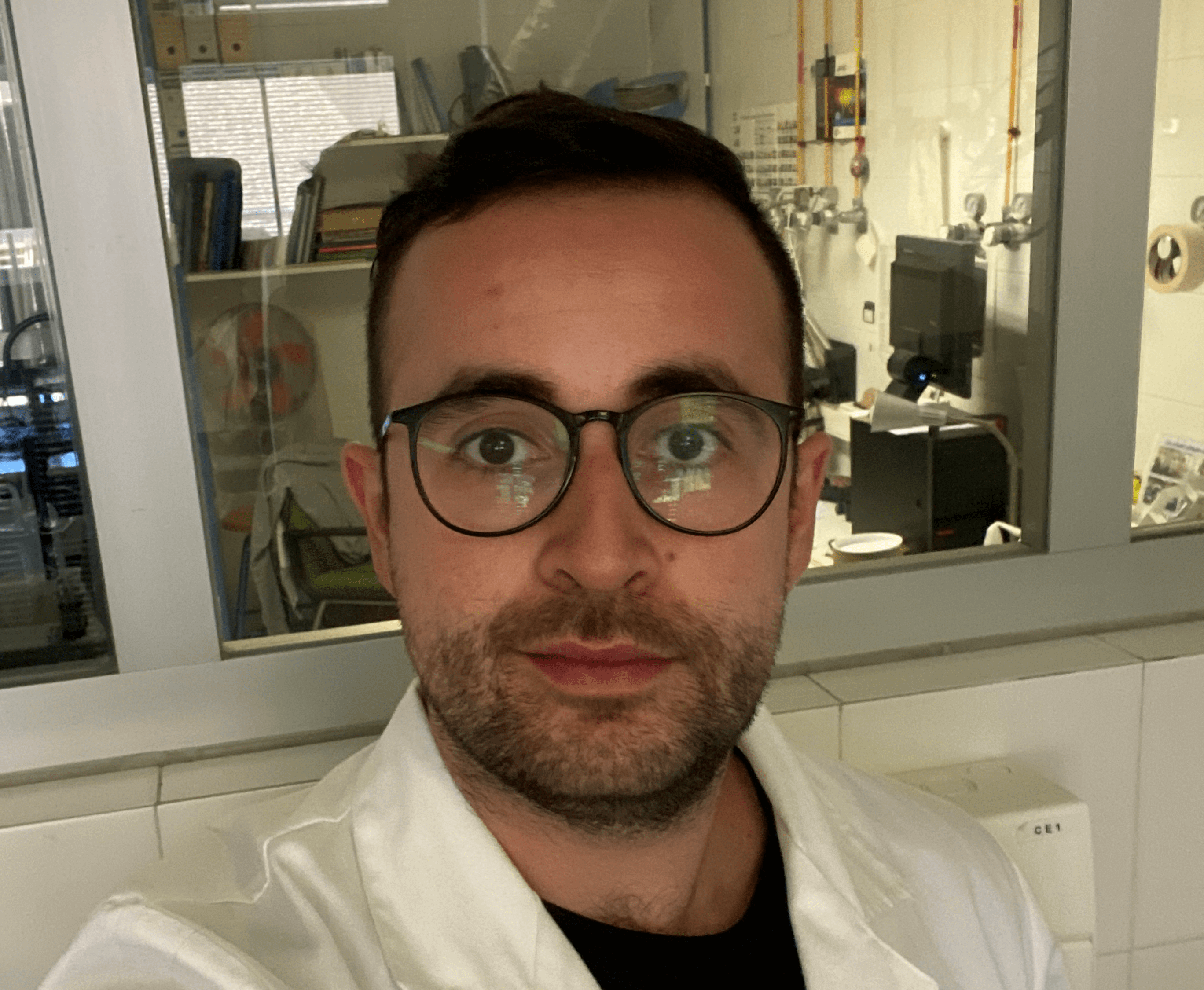
Teléfono: +34 876 553 510
Email: andre.marques.souza@gmail.com
Dirección: c/Pedro Cerbuna 12, Universidad de Zaragoza, Facultad de Ciencias, Departamento de Química Analítica – Zaragoza (España)
SOBRE MÍ
André Marques - Licenciado en Química (USP, Brasil), Master en Ciencia y Tecnología Química (UFABC, Brasil) - es actualmente doctorando en el programa de Ciencias Analíticas en Química, Grupo MARTE. Su tesis está basada en el desarrollo del análisis directo de muestras sólidas por Espectroscopía de Absorción Atómica, explorando también la Absorción Molecular y sus posibilidades.
PUBLICACIONES
2024
Aramendía, Maite; Souza, André L. M.; Nakadi, Flávio V.; Resano, Martín
Boron elemental and isotopic determination via the BF diatomic molecule using high-resolution continuum source graphite furnace molecular absorption spectrometry Artículo de revista
En: J. Anal. At. Spectrom., vol. 39, pp. 767-779, 2024.
@article{D3JA00420A,
title = {Boron elemental and isotopic determination via the BF diatomic molecule using high-resolution continuum source graphite furnace molecular absorption spectrometry},
author = {Maite Aramendía and André L. M. Souza and Flávio V. Nakadi and Martín Resano},
url = {http://dx.doi.org/10.1039/D3JA00420A},
doi = {10.1039/D3JA00420A},
year = {2024},
date = {2024-01-01},
urldate = {2024-01-01},
journal = {J. Anal. At. Spectrom.},
volume = {39},
pages = {767-779},
publisher = {The Royal Society of Chemistry},
abstract = {Boron trace determination in biological materials is needed in different fields of application. Direct B determination by means of Graphite Furnace Atomic Absorption Spectrometry (SS-GFAAS) has been used in the past for this purpose, offering good detection limits hardly achievable by other techniques. However, such methods require the use of high atomization temperatures combined with large integration times to promote B atomization, which dramatically reduces the lifetime of the instrument's graphite parts. In this work, a new perspective for B determination by means of Graphite Furnace Molecular Absorption Spectrometry (GFMAS) is proposed. B was detected as the diatomic molecule BF (boron monofluoride), deploying a gas phase reaction with CH3F as fluorinating agent. Based on this strategy, a method for the direct determination of B in two biological certified reference materials (NIST SRM 1570a spinach leaves and NIST SRM 1573a tomato leaves) has been developed, providing similar detection capabilities to the GFAAS method (LOD of 0.24 ng) but requiring much milder furnace conditions. Moreover, the appearance of memory effects, very common in GFAAS methods, is also avoided with this method. Straightforward calibration with aqueous standard solutions was also found to be possible. To this end, a mixture of W (permanent), citric acid, and Ca as chemical modifiers was found to be essential for obtaining a reproducible and sufficiently sensitive signal for boron solutions, comparable to the signals obtained for the solid samples. With this method, accurate results were obtained for the direct analysis of both certified reference materials, provided that spectral interferences from the PO molecule were properly corrected. Precision values in the range of 15% RSD, as typically reported for direct solid sampling GFAAS, were found. Finally, and as an additional advantage of the GFMAS method, a large isotopic shift in the absorbance of the 10BF and 11BF molecules can be accurately monitored at a secondary transition for the BF molecule. This offers novel analytical possibilities for the method, which are also explored in this study. In this regard, control of the B concentration was found to be critical for obtaining accurate and precise isotope ratios for this element.},
keywords = {},
pubstate = {published},
tppubtype = {article}
}

